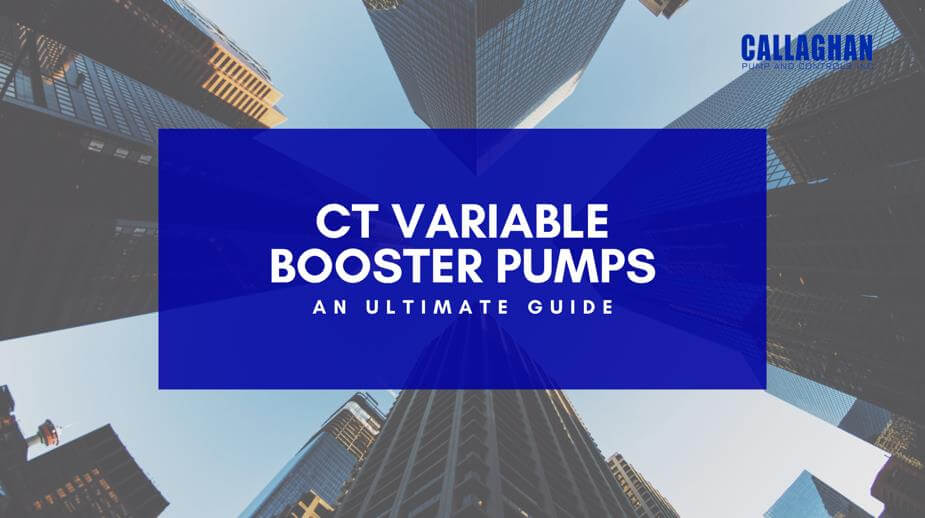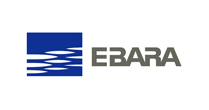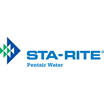
December 20th, 2021
When you come back home after a busy day, you might be looking forward to taking a nice shower. But what if you turn on the shower and the water starts to trickle? Frustrating, isn’t it? This could be due to low water pressure. From faucets to showerheads, cleaning to washing, everything is affected by low water pressure. It is something you shouldn’t take for granted. Here’s a comprehensive guide to help you understand everything you need to know about water pressure.
Most residential buildings receive their water from a municipal water supplier. Some suppliers use groundwater sources and others use surface water from reservoirs, lakes, and rivers. Whatever the source is, water is usually pumped to pressure tanks located at distribution areas. Depending on the location and circumstances, water booster pumps may be installed to maintain adequate water pressure.
Water pressure is defined as the amount of force (pounds per square inch) that water moves through pipelines, showerheads, water taps, etc. As mentioned above, water pressure is a crucial factor when it comes to managing daily chores like washing, cleaning, and showering. Having too much water pressure can damage your pipelines and appliances, while water pressure that is too low can be bothersome.
For residential buildings, the ideal water pressure is somewhere between 30 and 50 PSI. Anything below 30 PSI is low, and anything below 20 PSI is considered the minimum water pressure required by most codes. Also, water pressure above 80 PSI is too high for domestic uses.
Understanding the concept of water pressure will help you understand different water pressure problems and solutions. For that, you need to calculate your water pressure first. You can easily measure and monitor water pressure in your house. You don’t have to be an expert. All you need is a simple water pressure gauge. This type of gauge features an additional high-level indicator, which lets you know if there are any spikes in your building’s water pressure.
There are numerous reasons why water pressure drops in a building. Luckily, they are all avoidable. The most common causes are shutoff valves, regulators, main water supply, clogged pipes, leaks, corrosion, and faulty fixtures. If only one fixture has low water pressure, it’s most likely that the issue can be resolved by focusing on fixing that one fixture. However, if the water pressure issue is affecting the whole house, it indicates that the issue is serious. The key is to diagnose the issue before making any decisions.
Water pressure can be affected by the elevation and location of the building. Make sure you know the root cause of your water pressure problem. Gravity and distance are the two key factors that affect water pressure. When the water supply is forced to travel uphill, its pressure may decrease as the height increases. You can increase the flow rate and pressure of the water by installing CT Variable Booster Pumps. These pumps are specially designed to maintain ideal water pressure in high-rise buildings, warehouses, construction sites, hotels, etc.
Although there are plenty of options available out there in the market, what makes the CT Variable Booster Pump stand out is:
Installing a CT Water Booster Pump can be especially helpful if your water pressure is much lower on the top floor of your building than on the ground floor. This is because standard well pumps find it difficult to compete with gravity and supply adequate water pressure to top floors. This is where a CT Water Booster Pump can help you boost the speed of the water that flows through your pipelines.
The initial step is to know why a water booster pump is required. It could be anything from irrigation to sprinkling. Once you know the reason why you need a water booster, figure out over what distance the water should be moved. Determine the size of the pipe through which the water will be boosted. Also, find out at what extent the pressure pump needs to work and what kind of building you have for the booster pump. These are some important questions that will help you determine the type, power, and quality of your CT Water Booster Pump.
At Callaghan Pump, we are dedicated to supplying an array of branded water booster pumps throughout the Connecticut region. Simply install one of our water boosting products close to the main pipeline and get rid of your water pressure problems.
To know more, drop a line here.
john@callaghanpump.com,
eileen@callaghanpump.com,
dan@callaghanpump.com,
sales@callaghanpump.com,
service@callaghanpump.com












